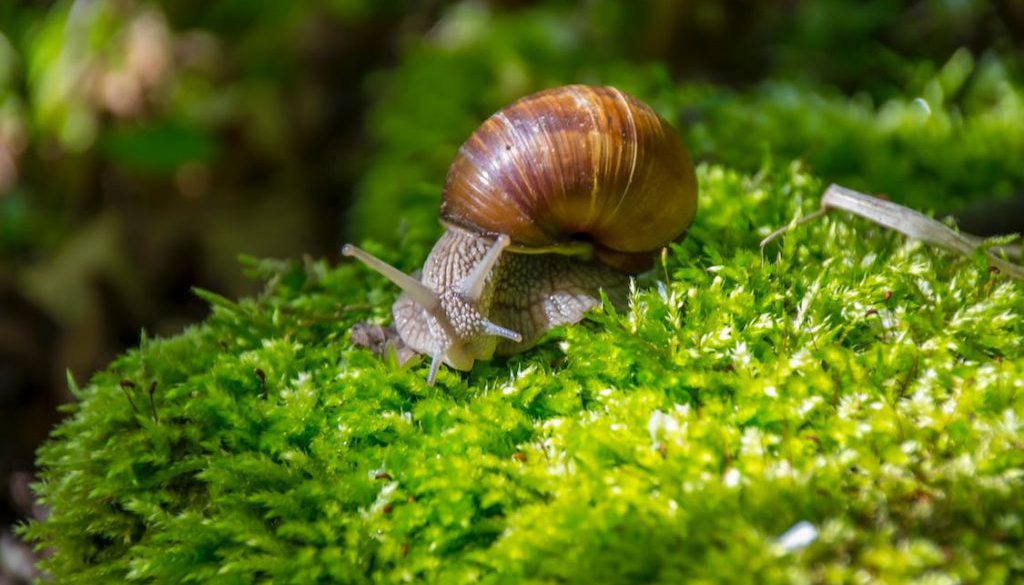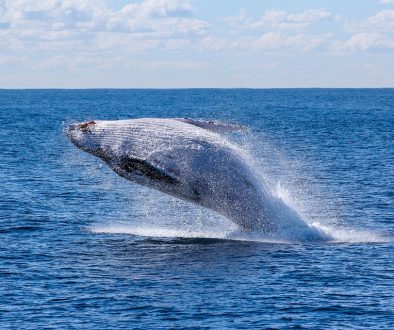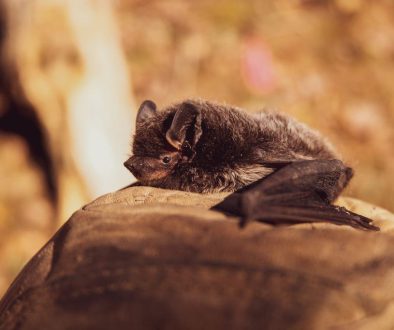Dive deep into the mesmerizing world of snails. These tiny creatures may appear simple and sluggish, but beneath their coiled shells, they harbor a myriad of intriguing secrets. From being ancient mollusks to their unique reproductive systems, let’s unravel the captivating snail facts that lie beneath the slime trail.
Definition and Characteristics of Snails
Snails are mollusks, belonging to the class Gastropoda. They are known for their distinct coiled shell which acts as a protective shield. These shells can vary immensely in patterns and colors, reflecting the rich biodiversity within the snail community.
Snail Anatomy
Peek beneath the shell, and you’ll find a fascinating biological structure. The most noticeable is their tentacles. While the longer pair has eyes at their tips, allowing snails to sense light, the shorter ones are for feeling and smelling. Their foot, a muscular organ, aids in their slow movement, while the spiral shell serves as both a protective barrier and calcium reservoir.
Movement and Life Tempo of Snails
Often symbolizing slow pace, snails have a unique movement mechanism. They contract and extend their foot muscles in a wave-like motion, gliding over their own secreted mucus. This slow movement strategy isn’t without purpose. It conserves energy, reduces exposure to predators, and allows them to graze on algae and detritus as they move.
Reproduction and Sexuality of Snails
Dive into the world of hermaphrodite snails, which means they possess both male and female reproductive organs. This ensures that when two snails meet, both can lay eggs afterward. Some snail species even have the ability to self-fertilize!
Snail Slime
Beyond leaving a telltale trail, the snail’s slime plays crucial roles. It aids in movement, reduces friction, and even serves as a defense mechanism. When threatened, some snails can produce a thicker mucus to deter predators.
Hibernation in Snails
As winter approaches, many snails hibernate to survive the harsh conditions. They retreat into their shells and secrete a special mucus that hardens into a protective barrier, effectively sealing them in and preserving moisture until warmer days return.
Diet of a Snail
Snails are primarily herbivores, munching on a variety of plant materials. However, some are detritivores, feeding on decaying organic matter, while others, like the predatory marine snails, even consume small animals!
Lifespan of a Snail
Though small, snails can have a surprisingly long life. While many live for about 5-7 years, some species, under the right conditions, can live up to 15 years or more. Their slow-paced lifestyle contributes significantly to their longevity.
Various Types of Snails
From land to freshwater and marine environments, snails are everywhere. While garden snails are the most common, there are also giant African land snails, tiny pond snails, and even venomous marine cone snails!
Snails in the Kitchen – Escargot
From garden pests to gourmet dishes! Escargot, a culinary delicacy, particularly in French cuisine, are land snails prepared for eating. Often cooked in garlic butter, wine, or broth, they’re a testament to the versatility of this humble creature.
Conclusion
Snails, with their coiled shells and meandering pace, offer a window into a world of wonder. From their intriguing biology to their place on gourmet plates, these mollusks invite us to slow down and appreciate the smaller, intricate details of nature.




